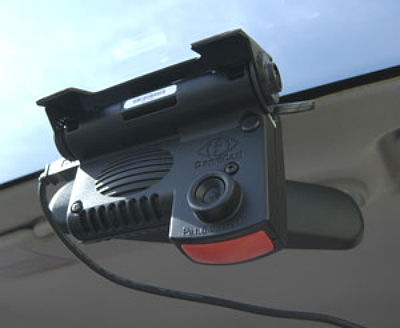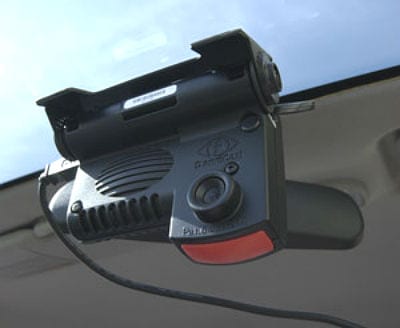When commercialized GPS tracking device began popping up in cars and trucks some 15 years ago, it kicked off a debate that’s still raging on over the extent to which vehicle fleets should rely on new technology. Do the savings justify the acquisition costs? Is the learning curve too steep? Is this stuff really practical?
 Now, with the arrival of some exceptionally intelligent tools like telematics devices and, more recently, in-car cameras, the debate has taken a slight twist: Is this technology simply too invasive?
Now, with the arrival of some exceptionally intelligent tools like telematics devices and, more recently, in-car cameras, the debate has taken a slight twist: Is this technology simply too invasive?
In-car cameras have burst on the scene over the past few years through companies likeDriveCam, which has been implemented in the fleets of some major metropolitan transit systems and has received millions in private funding. Its popularity is rising, due largely to the money saved by in-cab cameras — by continuously recording, an in-cab camera can provide a witness to accidents, saving millions in insurance claims for companies whose fleet drivers may be wrongfully at-fault during collisions. DriveCam also says that its devices can save money by preventing fuel waste and collisions, as drivers will be more aware of their surroundings and recorded video can deliver proof of speeding.
But is there too much of a good thing when it comes to technology in fleets? David Koelsch, a certified automotive fleet manager by NAFA, Inc. who has more than 18 years of fleet industry experience, thinks so.
“We didn’t want any part of GPS systems installed in the vehicles strictly because it would cause us to lose employees,” Koelsch says. “Drivers didn’t want GPS devices in their vehicles and were willing to quit over it. I think today we have an employers market so a lot of people are just putting up with things and not voicing their concerns. But in a competitive market, the benefits of in-cab cameras are not worthwhile because the cost to replace employees could be more than you’ll ever save.
“I think monitoring of any type can be a double-edged sword,” he says. “It sounds great and these companies tout the benefits of how it can save money from accidents, but what about the other side? What if the fleet driver is actually 100 percent at fault?”
The other side of the argument, and one fleet managers for San Francisco’s transit district and the Washington Metropolitan Area Transit Authority have taken, is that such technologies do save money, time and maybe even a life. In-cab cameras and telematics devices are designed to protect the company and the individual, the argument goes, and are becoming so commonplace that in some fleets they’re considered just part of the job and are to be expected as a tool of the trade.
The only obstacles to adopting such technologies, proponents say, are costs (DriveCam’s device runs about $900 each plus monthly fees), training and an infringement upon the “If-I-Don’t-See-It-It-Didn’t-Happen” mantra, where fleet managers would rather not know if something is going wrong than know and have to do something about it.
It’s clear there are powerful benefits of in-cab cameras and telematics devices, but perhaps there’s a point at which point the fear of being held liable for an accident leads drivers to abandon your company. These are questions that may be impossible to answer, but like these technologies, they seem to grow ever more complex.


Share this: